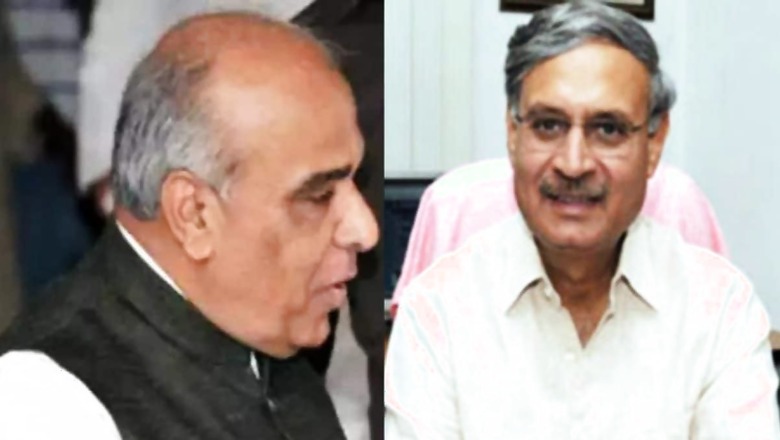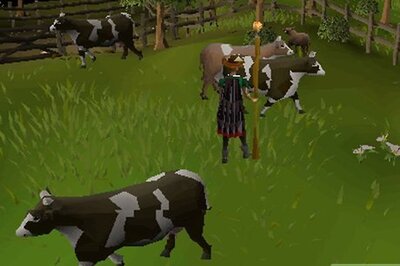
views
Bharatiya Janata Party leaders Rao Inderjit Singh and Jagdambika Pal are big names in their respective areas. Both the leaders have been elected from their seats non-stop since 2009 – Pal from Uttar Pradesh’s Domariyaganj and Singh from Haryana’s Gurgaon Lok Sabha constituency.
While the two seats are almost 800 kilometres apart, a lot of factors make them similar, including the two leaders aiming for their fourth terms.
Switch from Congress to BJP in 2014
Another thing common between Singh and Pal is that when they were elected in 2009, they were part of the Congress. Both switched to the BJP in 2014 – Pal in March and Singh in February – a little ahead of the Lok Sabha polls.
The BJP fielded them from their respective seats in 2014 and 2019. The two leaders were among the very few BJP MPs who were retained by the party as candidates in 2024.
Also, the votes bagged and the winning margins of both Pal and Singh kept consistently increasing between 2009 and 2019.
Before their entry into the Lok Sabha, the two leaders served as MLAs in their respective states. However, when it comes to the Lok Sabha, Singh is a little more senior. He entered the House first in the short-lived 1998 Lok Sabha. In 2004 also, he was elected again from the now-defunct Mahendragarh Lok Sabha seat.
The Gurgaon Lok Sabha constituency was abolished as a seat in 1977. It was re-established in 2008. And since then, Singh has been the MP from the seat.
The year 1998 was also critical for Pal when he became the chief minister of Uttar Pradesh but just for a day, setting the record for the shortest tenure.
Past results
In 2014, Pal bagged 2.98 lakh votes (32%), slightly higher than the 2.29 lakh votes (31%) in 2009. In 2019, he won the elections from Domariyaganj as he bagged 4.92 lakh votes (50%).
His winning margin also kept increasing – nearly 77,000 in 2009, 1.03 lakh in 2014, and 1.05 lakh in 2019.
Singh bagged the Gurgaon Lok Sabha seat in 2019 with 8.81 lakh votes (61%), higher than his 2014 tally of 6.44 lakh votes (49%), and 2009 tally of 2.78 lakh votes (37%), winning both times. The victory margin also increased from 85,000 in 2009 to 2.74 lakh in 2014, and 3.86 lakh in 2019.
The fate of the two leaders will be locked by the voters on May 25 – when the two seats will go to polls under the sixth phase of the general elections. The votes will be counted on June 4.
Explore in-depth coverage of Lok Sabha Election 2024 Schedule, Voter Turnout, Upcoming Phase And Much More At News18 Website


















Comments
0 comment